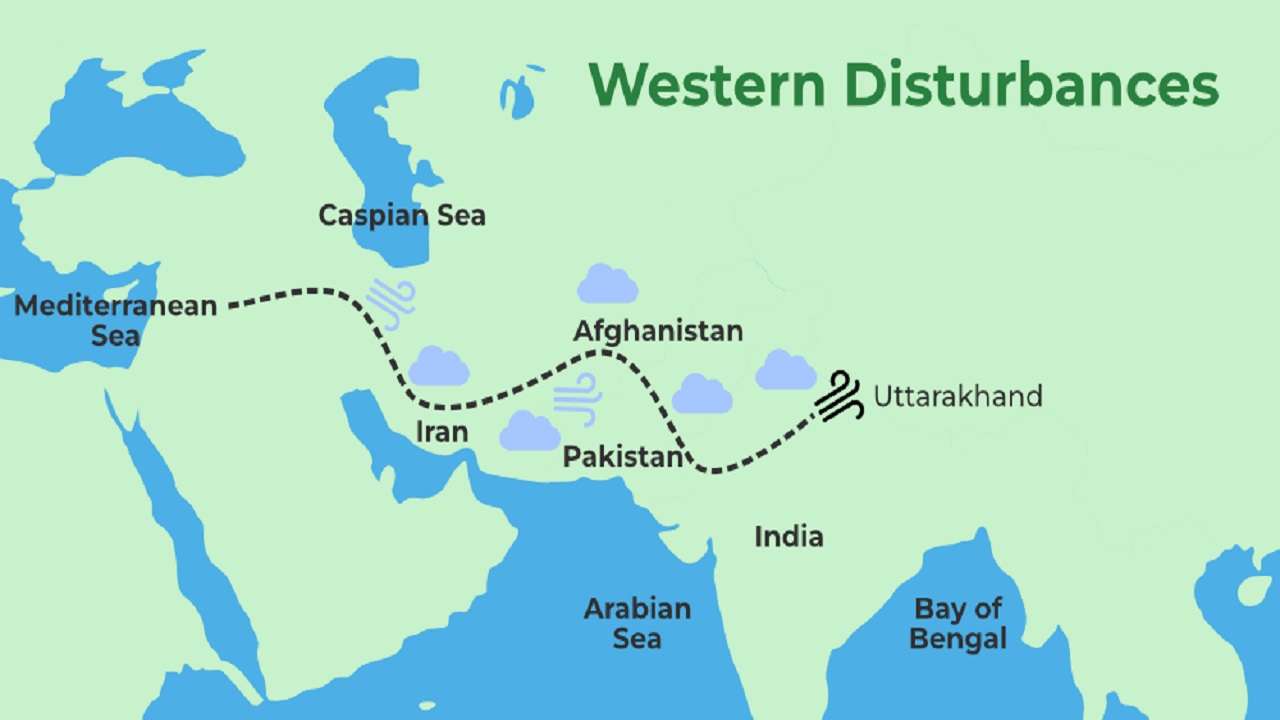Early Monsoon in 2025: What Triggered the Rapid Progression?
Context
The southwest monsoon plays a vital role in India’s agriculture, water security, and overall economy. Any shift in its timing or intensity significantly affects crop output, inflation, and rural livelihoods. In 2025, the monsoon has shown unusual early onset and rapid progression, driven by multiple favourable climatic factors.
Early Nationwide Coverage
-
The monsoon covered the entire country by June 29, which is 9 days earlier than the normal date of July 8.
-
This is only the 10th instance since 1960 where India witnessed complete monsoon coverage in June.
Early Onset in Kerala Set the Pace
-
Kerala received the monsoon on May 24, 8 days ahead of its usual date (June 1).
-
This advancement was triggered by an active Madden-Julian Oscillation (MJO) phase in mid-May.
-
The early onset in Kerala laid the foundation for faster monsoon progression across the country.
Regional Monsoon Progress
-
South, East, and Northeast India: Monsoon arrived ahead of schedule.
-
Northwest India: On normal timeline.
-
Central India: Experienced slight delays.
Key Drivers of Rapid Monsoon Advancement
1. Low-Pressure Systems in June
-
India recorded 5 low-pressure systems in June.
-
These systems acted as moisture attractors, pulling rain-bearing winds inland and speeding up monsoon movement.
2. Active Madden-Julian Oscillation (MJO)
-
MJO is an eastward-moving system of clouds, rainfall, and winds near the equator.
-
When active near India, it enhances monsoon by increasing moisture and cloud cover.
-
In June 2025, MJO remained active, aiding in intense rainfall and northward monsoon spread.
3. Favourable Monsoon Trough Position
-
The monsoon trough is a low-pressure belt stretching from northwest India to the Bay of Bengal.
-
It was positioned south of normal, helping pull in moisture-laden winds from oceans.
-
This supported intensified rainfall across central and northern regions.
4. Neutral ENSO Conditions
-
ENSO (El Niño–Southern Oscillation) influences monsoon via Pacific Ocean temperature changes.
-
A neutral phase (neither El Niño nor La Niña) means sea surface temperatures are average, supporting stable and widespread rainfall.
-
ENSO remained neutral during June 2025, aiding normal monsoon progress.
5. Neutral Indian Ocean Dipole (IOD)
-
IOD indicates temperature differences between the western and eastern Indian Ocean.
-
A neutral IOD phase exerts minimal influence on the monsoon.
-
In 2025, IOD remained neutral, allowing other favourable drivers like MJO and low-pressure systems to dominate.
Conclusion
The 2025 monsoon has been marked by early onset, rapid advancement, and regional weather extremes. While the initial progress appears promising, it remains to be seen whether this pattern will stabilise or lead to further variability in the coming months. Monitoring ENSO, IOD, and MJO in the following weeks will be crucial for forecasting rainfall distribution and agricultural planning.




Comments (0)